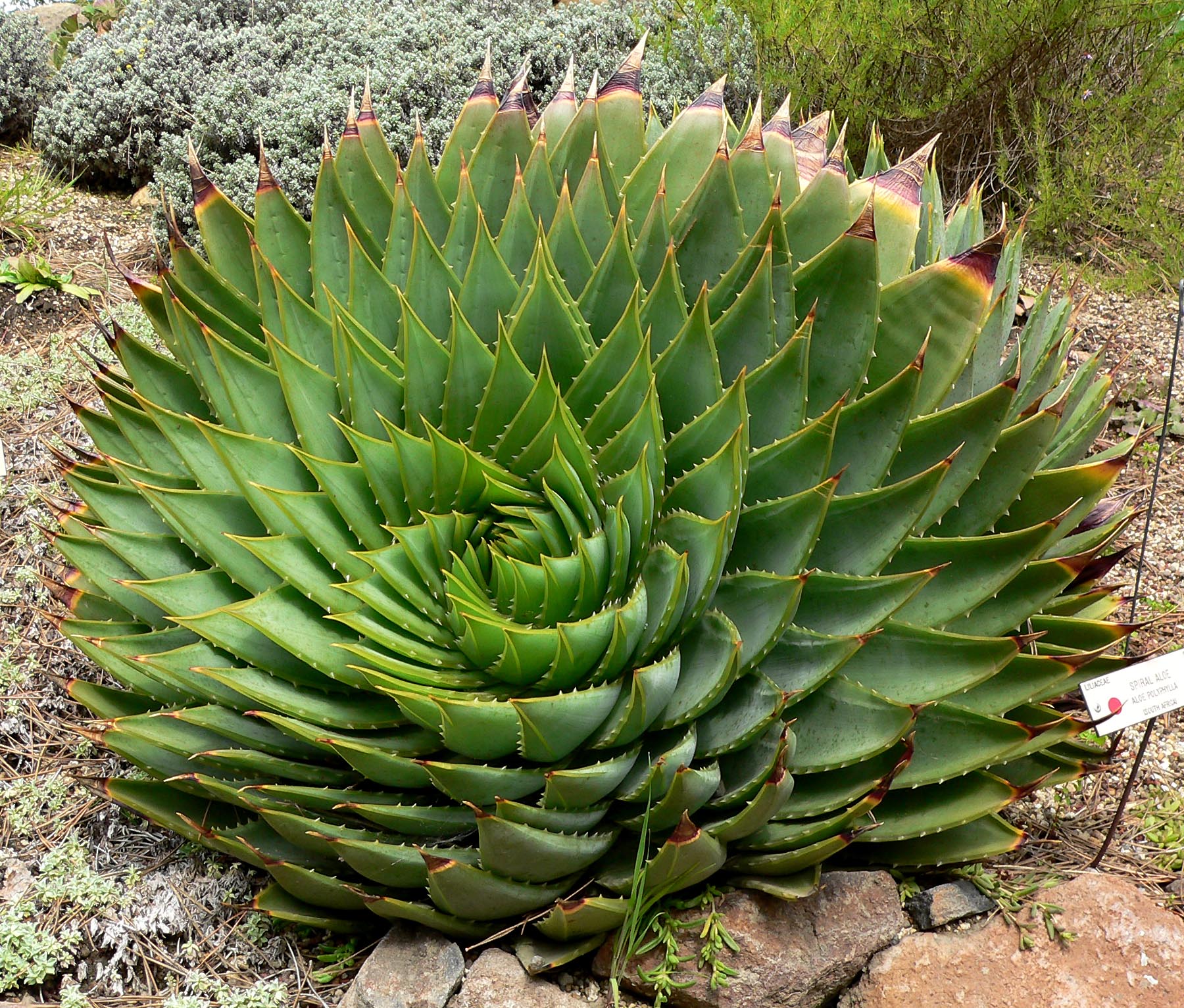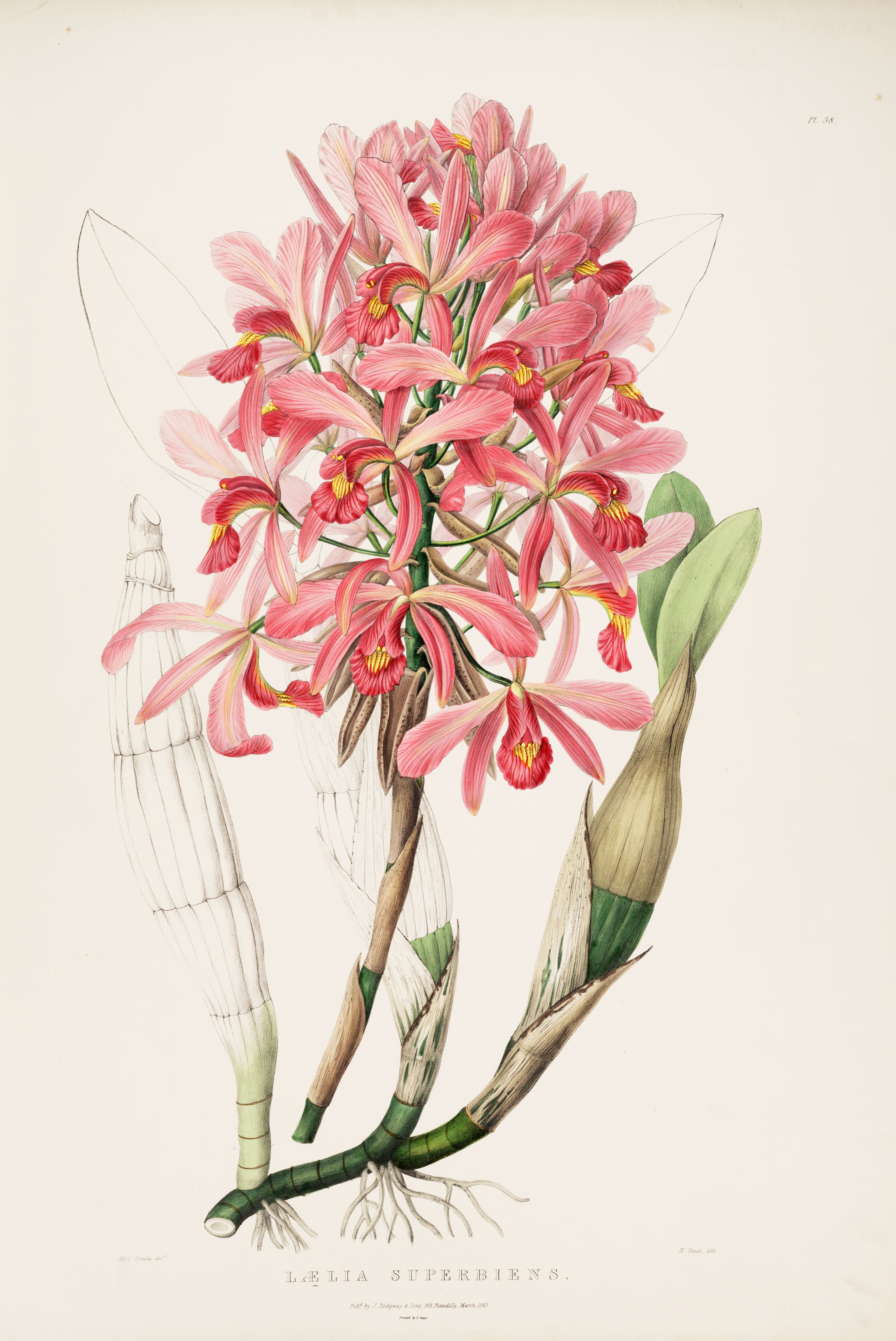|
Agrostophyllum
''Agrostophyllum'' is a genus with about ninety species from the orchid family (Orchidaceae). The genus name is derived from the Greek words ("grass") and ("leaf"), referring to the grass-like appearance of the leaves of some species. These epiphytic orchids occur in tropical lowland forests, growing on trunks or branches of trees. They are found from the Seychelles, Madagascar, India, Sri Lanka, Malaysia, Indonesia to the Pacific Islands. The center of diversity is to be found in New Guinea, with at least 45 species. These orchids have elongate, frequently pendulous stems with dense leaves that overlap at their base. They show peculiar, ball-like inflorescences of many bracts, bearing small flowers. Sections There are four sections in this genus :Schuiteman, A. et al. Revision of ''Agrostophyllum'' section ''Appendiculopsis'', with notes on the systematics of ''Agrostophyllum''; Orchid Monographs vol. 8. 1997 *'' Dolichodesme'' - elongated inflorescence which may have the ... [...More Info...] [...Related Items...] OR: [Wikipedia] [Google] [Baidu] |
Orchidaceae
Orchids are plants that belong to the family (biology), family Orchidaceae (), a diverse and widespread group of flowering plants with blooms that are often colourful and fragrant. Orchids are cosmopolitan distribution, cosmopolitan plants that are found in almost every habitat (ecology), habitat on Earth except glaciers. The world's species richness, richest diversity of orchid genera and species is in the tropics. Orchidaceae is one of the two largest families of flowering plants, the other being the Asteraceae. It contains about 28,000 currently accepted species in 702 genera. The Orchidaceae family encompasses about 6–11% of all species of seed plants. The largest genera are ''Bulbophyllum'' (2,000 species), ''Epidendrum'' (1,500 species), ''Dendrobium'' (1,400 species) and ''Pleurothallis'' (1,000 species). It also includes ''Vanilla (genus), Vanilla'' (the genus of the Vanilla planifolia, vanilla plant), the type genus ''Orchis'', and many commonly cultivated plants s ... [...More Info...] [...Related Items...] OR: [Wikipedia] [Google] [Baidu] |
Leaf
A leaf (: leaves) is a principal appendage of the plant stem, stem of a vascular plant, usually borne laterally above ground and specialized for photosynthesis. Leaves are collectively called foliage, as in "autumn foliage", while the leaves, stem, flower, and fruit collectively form the Shoot (botany), shoot system. In most leaves, the primary Photosynthesis, photosynthetic Tissue (biology), tissue is the palisade mesophyll and is located on the upper side of the blade or lamina of the leaf, but in some species, including the mature foliage of ''Eucalyptus'', palisade mesophyll is present on both sides and the leaves are said to be isobilateral. The leaf is an integral part of the stem system, and most leaves are flattened and have distinct upper (Glossary of botanical terms#adaxial, adaxial) and lower (Glossary of botanical terms#abaxial, abaxial) surfaces that differ in color, Trichome, hairiness, the number of stomata (pores that intake and output gases), the amount and ... [...More Info...] [...Related Items...] OR: [Wikipedia] [Google] [Baidu] |
Appendicula
''Appendicula'', commonly known as stream orchids, is a genus of flowering plants in the family Orchidaceae. Orchids in this genus are epiphytic, lithophytic or rarely terrestrial plants herbs with many flat, often twisted leaves and small resupinate, white or greenish flowers. The sepals are free from each other but the lateral sepals and labellum are fused to the base of the column. The genus ''Appendicula'' was first formally described in 1825 by Carl Ludwig Blume who published the description in ''Bijdragen tot de flora van Nederlandsch Indië''. The name ''Appendicula'' is the diminutive form of the Latin word ''appendix'' meaning "appendage" or "addition", hence "little appendage", referring to the "inward-facing appendages on the labellum". Orchids in the genus ''Appendicula'' occur from tropical and subtropical Asia to the western Pacific. List of species The following is a list of species of ''Appendicula'' accepted by the Plants of the World Online Plants of ... [...More Info...] [...Related Items...] OR: [Wikipedia] [Google] [Baidu] |
Petiole (botany)
In botany, the petiole () is the stalk that attaches the leaf blade to the Plant stem, stem. It is able to twist the leaf to face the sun, producing a characteristic foliage arrangement (spacing of blades), and also optimizing its exposure to sunlight. Outgrowths appearing on each side of the petiole in some species are called stipules. The terms wikt:petiolate, petiolate and wikt:apetiolate, apetiolate are applied respectively to leaves with and without petioles. Description The petiole is a stalk that attaches a leaf to the plant stem. In petiolate leaves the leaf stalk may be long (as in the leaves of celery and rhubarb), or short (for example basil). When completely absent, the blade attaches directly to the stem and is said to be Sessility (botany), sessile or apetiolate. Subpetiolate leaves have an extremely short petiole, and may appear sessile. The broomrape family Orobanchaceae is an example of a family in which the leaves are always sessile. In some other plant group ... [...More Info...] [...Related Items...] OR: [Wikipedia] [Google] [Baidu] |
Distichous
In botany, phyllotaxis () or phyllotaxy is the arrangement of leaves on a plant stem. Phyllotactic spirals form a distinctive class of patterns in nature. Leaf arrangement The basic arrangements of leaves on a stem are opposite and alternate (also known as spiral). Leaves may also be whorled if several leaves arise, or appear to arise, from the same level (at the same node) on a stem. With an opposite leaf arrangement, two leaves arise from the stem at the same level (at the same node), on opposite sides of the stem. An opposite leaf pair can be thought of as a whorl of two leaves. With an alternate (spiral) pattern, each leaf arises at a different point (node) on the stem. Distichous phyllotaxis, also called "two-ranked leaf arrangement" is a special case of either opposite or alternate leaf arrangement where the leaves on a stem are arranged in two vertical columns on opposite sides of the stem. Examples include various bulbous plants such as '' Boophone''. It also ... [...More Info...] [...Related Items...] OR: [Wikipedia] [Google] [Baidu] |
Sympodia
In botany, sympodial growth is a bifurcating branching pattern where one branch develops more strongly than the other, resulting in the stronger branches forming the primary shoot and the weaker branches appearing laterally. A sympodium, also referred to as a sympode or pseudaxis, is the primary shoot, comprising the stronger branches, formed during sympodial growth. The pattern is similar to dichotomous branching; it is characterized by branching along stems or hyphae. Sympodial growth occurs when the apical meristem is terminated and growth is continued by one or more lateral meristems, which repeat the process. The apical meristem may be consumed to make an inflorescence or other determinate structure, or it may be aborted. Types If the sympodium is always formed on the same side of the branch bifurcation, e.g. always on the right side, the branching structure is called a helicoid cyme or bostryx. If the sympodium occurs alternately, e.g. on the right and then the lef ... [...More Info...] [...Related Items...] OR: [Wikipedia] [Google] [Baidu] |
Rhizome
In botany and dendrology, a rhizome ( ) is a modified subterranean plant stem that sends out roots and Shoot (botany), shoots from its Node (botany), nodes. Rhizomes are also called creeping rootstalks or just rootstalks. Rhizomes develop from axillary buds and grow horizontally. The rhizome also retains the ability to allow new shoots to grow upwards. A rhizome is the main stem of the plant that runs typically underground and horizontally to the soil surface. Rhizomes have nodes and internodes and auxiliary buds. Roots do not have nodes and internodes and have a root cap terminating their ends. In general, rhizomes have short internodes, send out roots from the bottom of the nodes, and generate new upward-growing shoots from the top of the nodes. A stolon is similar to a rhizome, but stolon sprouts from an existing stem having long internodes and generating new shoots at the ends, they are often also called runners such as in the strawberry plant. A stem tuber is a thickene ... [...More Info...] [...Related Items...] OR: [Wikipedia] [Google] [Baidu] |




